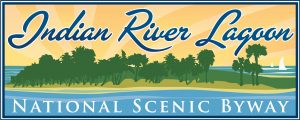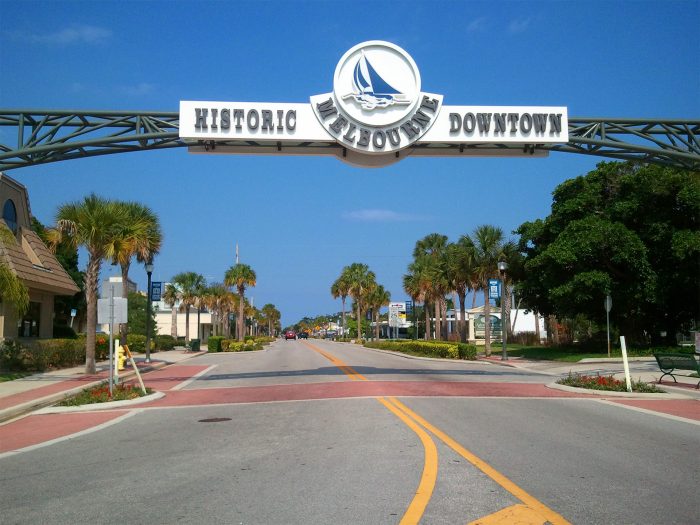Downtown Melbourne has it’s roots going back to the morning of Dec. 22, 1888, when a group of 23 electors created the “Village of Melbourne” by a spoken vote. Up to that time, the small community located on a natural harbor of the Indian River Lagoon had been known as “Crane Creek,” the name of a fresh water river which runs parallel to the downtown’s main corridor and dumps into the salty lagoon. At the time, barge traffic along the Indian River brought supplies and new arrivals along the peninsula, and the creek provided easy access into Melbourne Harbor.
The importance of the waterway as an avenue of commerce and communication is pointed out by a plaque in a small park overlooking the Indian River Lagoon. The plaque reads: “To honor Peter Wright, early settler. A black freedman, the legendary sailing mailman, (who) sailed regularly from Titusville to Malabar to deliver mail to riverside settlements.”
Peter Wright, like others who came after him, made his home in an area with easy access to a harbor and which provided fertile soil. The wilderness represented the sort of opportunity that fueled expansion following the Civil War, and the site eventually grew to form a downtown area.
In the late 1800’s, much of Melbourne’s commercial activity was conducted in wooden buildings clustered along Front Street, located on Indian River Lagoon shoreline at Melbourne Harbor. Several piers jutted into the river to receive goods and travelers. Even in the evenings, the downtown activities lit up the shoreline as the steamboat “Rockledge” arrived with passengers. New arrivals were greeted by the pungent odor of burning insect powder to combat mosquitoes.
The scene of pioneering enterprise began to change after the railroad arrived in 1893. The Lagoon began to lose its attraction as a transportation route. Gradually, businesses were drawn toward the iron tracks perched on high ground a few blocks to the west of Indian River. The railroad tracks are still in use today, and provide another element to the downtown area.
The original downtown area drastically changed in 1919. A tenant in a waterfront boarding house tossed a kerosene lantern out of a second-story window, reportedly after someone shot it full of holes. The lantern ignited the wooden sidewalk along Front Street. A strong wind fanned the flames, and the downtown area was quickly consumed. After this event, the downtown area was rebuilt to the west of the train tracks and essentially remains as it was laid out then.






